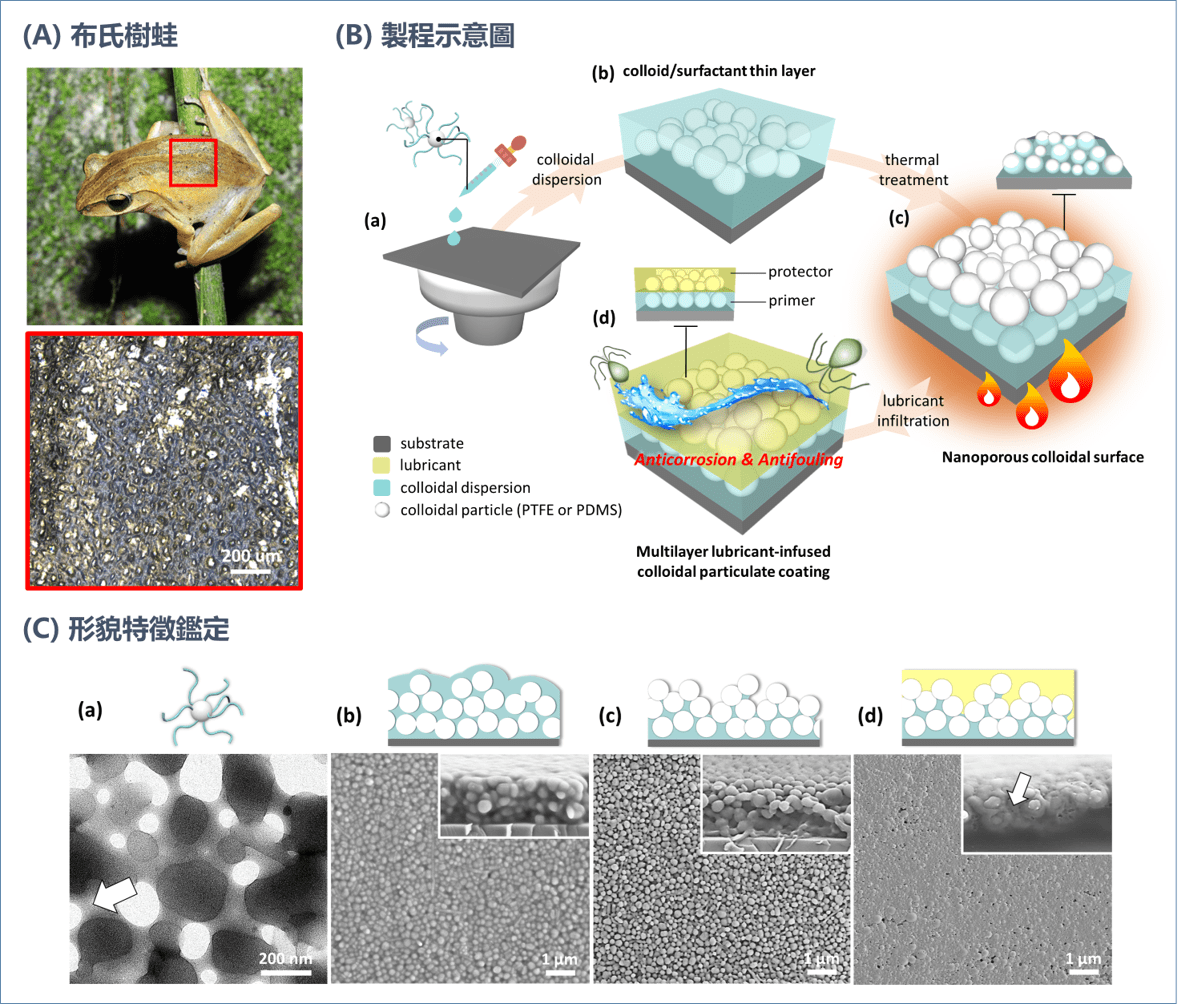| Technical Name |
Break wind to win- reducing the drag of cyclists |
| Project Operator |
National Cheng Kung university |
| Project Host |
苗君易 |
| Summary |
"The drag reduction effect is achieved by adding roughness to the cyclist’s jersey to induce a drag crisis phenomenon to occur in a desirable speed range.
Utilizing the image recognitiondeep-learning technologies to acquire cyclist’s frontal areariding position, the drag coefficient can be calculated with the dragwind speed reduced in the system. Thus, the real-time drag coefficientthe frontal area (reference area) can be presented in the self-developed mobile app." |
| Scientific Breakthrough |
"A jersey was designed to reduce the cyclist’s drag by shifting the drag crisis phenomenon to occur at a lower Reynolds number. As a result, the cyclist’s drag can be reduced within a desirable riding speed range.
The cyclist’s frontal area is obtained by utilizing deep-learningimage recognition technologies. The real-time drag coefficient of a cyclist can be reduced with the on-board sensorsa data base built in an app which is based on the data obtained from the wind-tunnel experiments." |
| Industrial Applicability |
One of the aims of this study is to provide the wind-tunnel test data to validate the effectiveness of drag reduction of the jerseys designedmanufactured by the local companies. As a result, the local products can be much more valuedmore competitive in the international market. In addition, in this study, it is realized that an on-board information system for cyclist training can be developed from the measurement system originally designed for the wind-tunnel experiments. The system is featured with a self-developed anemometer for providing the real-time wind speeddirection,a vision system including an app to acquire the real-time frontal area of the cyclist during riding. |
| Keyword |
cyclist wind-tunnel testing anemometer riding monitoring APP drag coefficient image recog deep-learning artificial intelligence |








